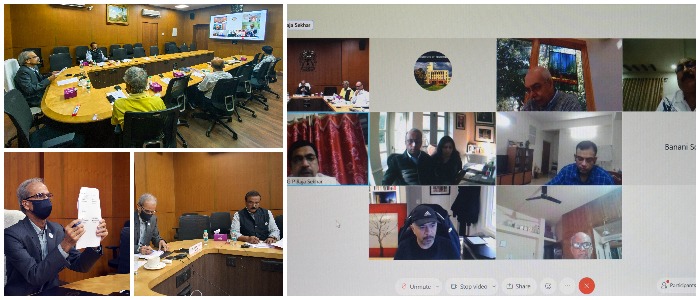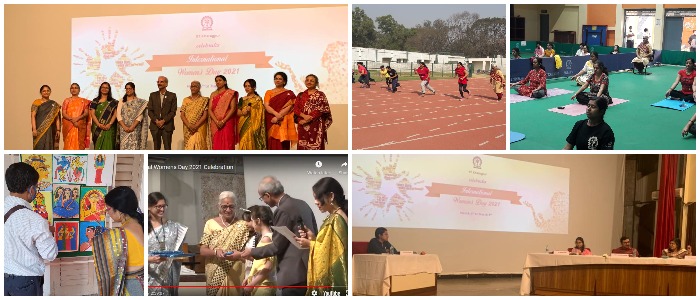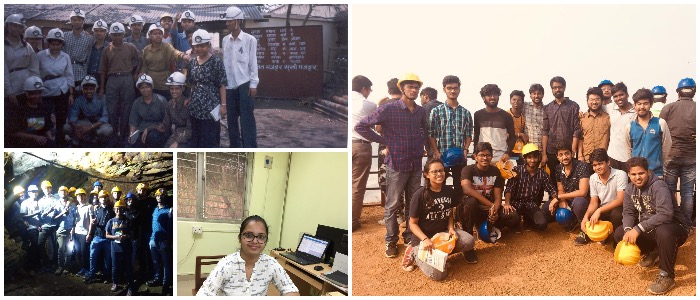
IIT Kharagpur Alumni and their Families Set up Over ₹ 2 Crore Student Grant
IIT Kharagpur has instituted eight new student grants for the upcoming Autumn semester scheduled to begin in August 2021. The Institute has received generous grants from eight alumni and their families who have come forward to support the students on merit-cum-means scholarships and merit-based awards towards their academics and research. The grants are collectively valued at around ₹ 2.25 crore for funding of undergraduate and postgraduate students across the departments of Chemical Engineering, Chemistry, Civil Engineering, Electronics and Electrical Communication Engineering, Healthcare, Mechanical Engineering, Metallurgical and Materials Engineering. A virtual MoU was signed with the donating alumni and their families…



